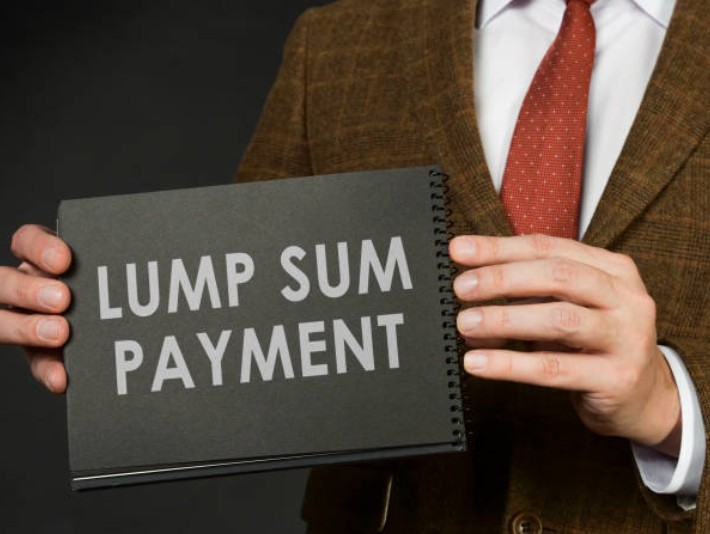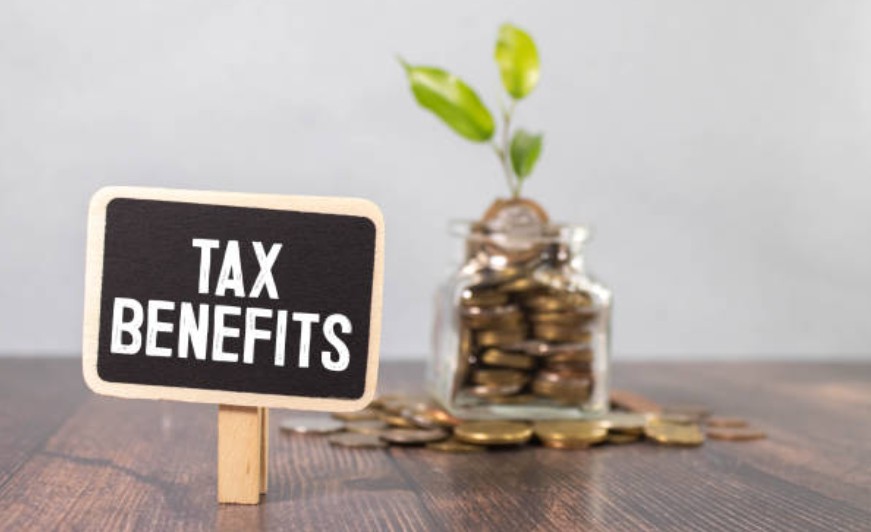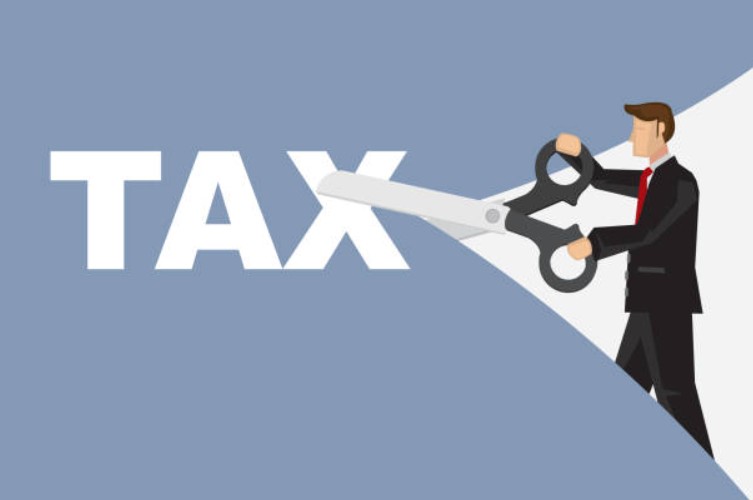How to Avoid Paying Tax on Your Pension in the UK
With rising living costs and longer life expectancy, it’s more important than ever to maximise your pension income. But while many people assume tax on pensions is inevitable, there are perfectly legal and strategic ways to reduce — or even avoid — paying tax on your pension.
In this comprehensive guide, we break down the most effective UK-based strategies to help you keep more of your hard-earned retirement income. Whether you’re a sole trader, limited company director, or a PAYE employee approaching retirement, these methods apply — and could significantly boost your financial wellbeing in later life.
Let’s get straight into the matter “How to Avoid Paying Tax on Your Pension”
1. What Part of Your Pension Is Actually Taxable?
First, it’s critical to understand how pensions are taxed in the UK.
Most pensions are treated as income. That means they’re taxed just like your salary — under Income Tax rules — once you start drawing them.
However:
- 25% of your pension pot (whether private or workplace pension) can usually be taken tax-free.
- The remaining 75% is taxed at your marginal income tax rate — currently 20%, 40%, or 45%, depending on your total annual income.
- Your State Pension is also taxable income, although tax is not directly deducted from it.
👉 Important: You only pay tax if your total income (including pension and other earnings) exceeds your personal allowance, which is £12,570 for 2025/26.
So technically, you can receive pension income completely tax-free — if you plan your withdrawals carefully. Here’s how.
2. How Can You Use the 25% Tax-Free Lump Sum?

When you begin to access your pension, you can take 25% of your total pot tax-free, either as:
- A single lump sum
- A series of smaller withdrawals (if using drawdown)
For example, if your pension pot is £100,000, you can take £25,000 tax-free. The remaining £75,000 would be taxed only as and when you draw it, not all at once.
Smart strategy:
Use the tax-free lump sum to cover major one-off expenses — such as paying off your mortgage, investing in property, or topping up your emergency fund — so you don’t need to rely on taxable income later.
This ensures you’re not pushed into a higher tax band unnecessarily.
3. How Much Pension Income Can You Withdraw Tax-Free Each Year?
If you’re not working and don’t have other forms of taxable income, the simplest way to avoid pension tax is to keep your annual pension withdrawals below £12,570 — the Income Tax personal allowance.
Example scenario:
You take £3,000 tax-free from your pension pot (part of the 25%), and an additional £9,000 from the taxable part. Because your total income is £12,000, you pay no income tax.
This is particularly effective for people in semi-retirement or those with multiple small income sources. Planning withdrawals to stay under the threshold can allow you to receive a modest yet tax-free retirement income.
4. Can a Pension Drawdown Help You Avoid Tax?

Flexible drawdown (also called flexi-access drawdown) allows you to leave your money invested while withdrawing portions as needed.
Unlike buying an annuity, drawdown gives you control — and with that control comes tax efficiency.
Here’s how to use it tax-smart:
- Take your 25% tax-free amount in smaller chunks as you need it.
- Withdraw just enough each year to stay under the tax threshold.
- Delay larger withdrawals to years when your income is lower (e.g., after stopping work).
This strategy lets you manage your annual tax exposure and avoid drawing large amounts that would bump you into a higher tax band.
5. Is It Worth Delaying Retirement to Avoid Pension Tax?
If you’re still earning and can afford to delay accessing your pension, there are two major tax advantages:
a) Boost Pension Contributions
You receive tax relief on contributions up to £60,000 per year (or 100% of your earnings, whichever is lower). For high earners or directors, this is a valuable way to reduce tax while growing your pension pot.
b) Defer Pension Withdrawals
The later you start drawing your pension, the more you can grow your tax-free lump sum and control your taxable income later on.
Plus, if you defer your State Pension, you’ll receive extra payments when you eventually claim — increasing your retirement income in a tax-efficient way.
6. Can You Use Your Partner’s Allowance to Reduce Pension Tax?
One of the most overlooked pension tax strategies is income splitting with your partner.
Here’s how it works:
- Each person has a £12,570 personal allowance.
- If one partner has no income, or earns less, you can structure your pension withdrawals to make the most of their allowance.
Example:
If your partner isn’t using their full allowance, drawing some of the pension in their name allows both of you to avoid tax. This could result in £25,140 of combined pension income per year — entirely tax-free.
This works especially well for business owners who can direct pension contributions for both partners during their working years.
7. What Are the Tax Benefits of Small Pension Pots?

If you have several small pensions, you can cash in up to three of them worth £10,000 or less each — under the small pot rule.
- 25% of each pot is tax-free
- The remaining 75% is taxed — but again, if your total income is under the personal allowance, no tax is due
Tip: Small pots do not affect your annual allowance or trigger the Money Purchase Annual Allowance (MPAA), so they’re useful for extra tax-free income later in life.
8. How Can You Reduce Other Income to Stay Tax-Free?
Since all taxable income (including rental income, dividends, and part-time earnings) counts towards your tax threshold, keeping your non-pension income low can help avoid pension tax.
Here are some ways to do that:
- Transfer buy-to-let properties into your spouse’s name if they’re in a lower tax band
- Use ISAs instead of taxable investments (ISA income is completely tax-free)
- Avoid drawing dividends from your limited company during high-income years
With smart planning, your overall income stays under the threshold, meaning more pension income stays in your pocket, tax-free.
9. What Is the MPAA and How Can You Avoid It?

The Money Purchase Annual Allowance is a trap to avoid.
Once you begin drawing taxable income from your pension, the amount you (or your employer) can contribute back into your pension drops from £60,000 to just £10,000 per year.
That’s a huge reduction — and it could affect your long-term tax strategy.
To avoid this:
- Only take the 25% tax-free lump sum and leave the rest invested
- Avoid triggering MPAA until you’re sure you’re done contributing
- Use alternative methods of income first (e.g., savings, ISAs)
This keeps your pension options flexible and ensures you can still benefit from full tax relief if your circumstances change.
Final Thoughts: Avoiding Pension Tax Is Legal — and Smart
Contrary to what many people believe, paying tax on your pension isn’t a given. With careful planning, flexible withdrawals, and awareness of income thresholds, you can reduce — and in many cases completely avoid — paying tax on your pension income.
Here’s a quick recap of key strategies:
- Make full use of the 25% tax-free lump sum
- Keep annual withdrawals under £12,570
- Split income with your spouse where possible
- Use drawdown instead of large lump sum withdrawals
- Take small pots strategically
- Use tax relief while still working to build a bigger pot
- Minimise other taxable income
The UK pension system rewards those who plan ahead. And with tax rules shifting each year, it pays to stay informed.







